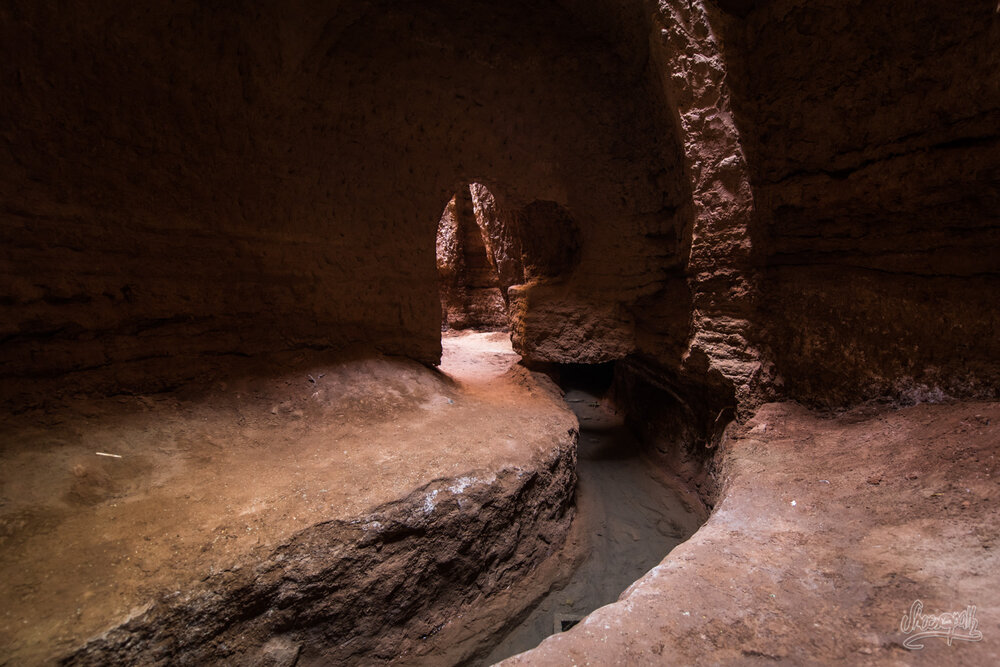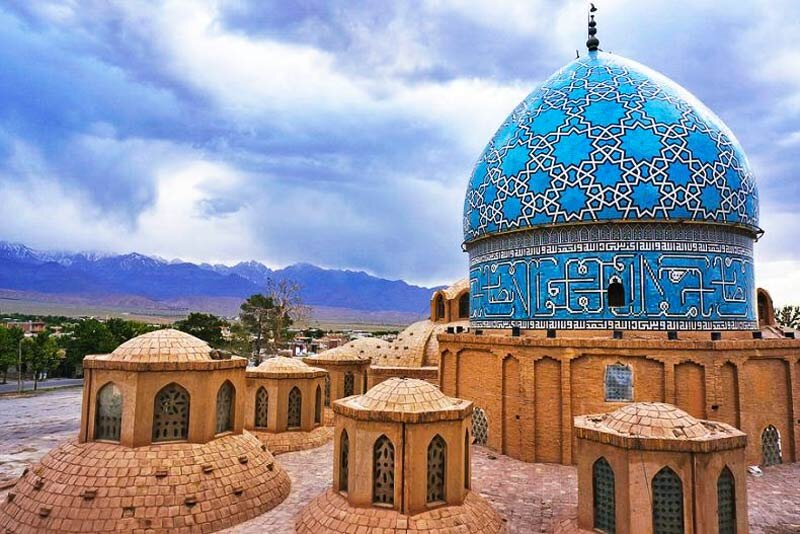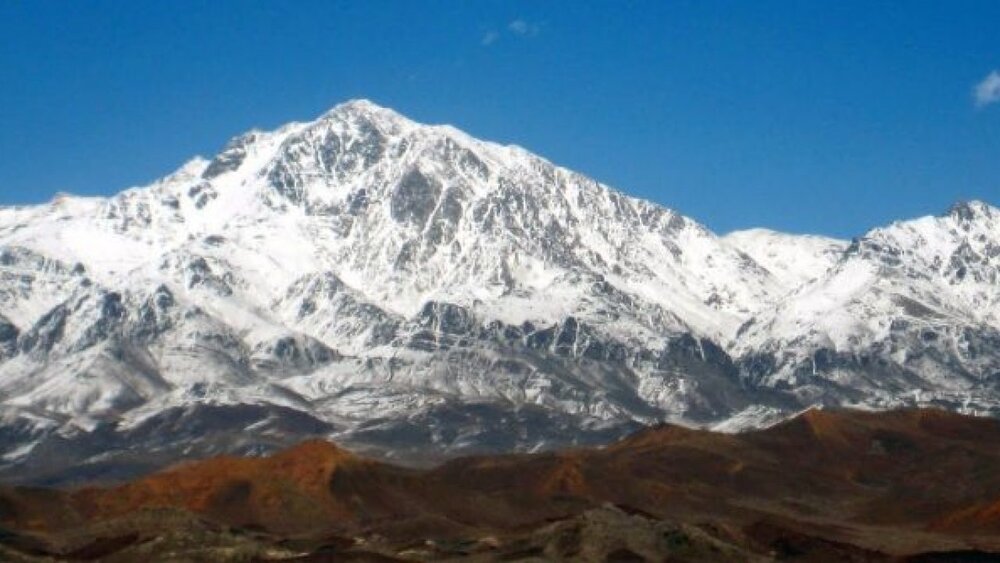Iran (IMNA) - The population is mostly Persian-speaking Muslims, with a Zoroastrian minority. Kermān is the largest carpet-exporting centre of Iran (see Kermān carpet). The city formerly owed its industrial reputation to its shawl making, but that industry was surpassed by carpet making, particularly in Māhānī suburb. In the mid-1970s an industrial centre was established that included a cement plant, a textile factory, and a cold-storage plant. There is a thermoelectric plant; water is brought by qanats (underground aqueducts) from the surrounding hills. Kermān is linked by road to Bandar ʿAbbās and Mashhad.

Kermān city was probably founded by Ardashīr I (reigned 224–241 ce) of the Sāsānian dynasty (although Ptolemy mentions the name of a city called Kerman in the 2nd century) and was called Behdesīr, Berdesīr, or Berdeshīr. Under the Ṣafavids, who took control in 1501, it came to be known as Kermān and was made capital of a province. The city was sacked by the Uzbeks in 1509 but was quickly rebuilt. Declining Ṣafavid power in the 17th and early 18th centuries allowed Kermān to be attacked and occupied by Afghan tribesmen in 1720. Kermān was pillaged by Āghā Moḥammad Khān Qājār when Loṭf ʿAlī Khān of the Zand dynasty took refuge there. It was rebuilt under Fatḥ ʿAlī Shāh, the founder of the Qājār dynasty (ruled 1797–1834). The bazaar is large, and there are some old mosques, including Masjed-e Malek (Mosque of the King; 11th century, now restored), Masjed-e Jomʿeh (Friday Mosque), Masjed-e Bazar-e-Shāh (Mosque of the Shāh’s Bazaar; founded under the Seljuqs), and Masjed-e Pa Minar (built in 1390 under the Timurids). At the western end of the bazaar is the Ark (Arg), the former citadel of the Qājār dynasty. Next to it is the Qalʿeh, allegedly constructed as a citadel by the Afghans during a short-lived subjugation of Kermān in 1722.

On the Kerman plain stands the Jabel-e Sang (Mountain of Stone), a tomb built probably in the 11th or 12th century, and to the west is the Bagh-e Sirif, a luxuriant garden. Kermān province is bounded by the provinces of Fārs on the west, Yazd on the north, South Khorāsān on the northeast, Sīstān va Balūchestān on the east, and Hormozgān on the south. It includes the southern part of the central Iranian desert, the Dasht-e Lūt. The southern Lūt is relatively dry and unsaline, while in the east are sand dunes and in the west, wind-carved ridges 180–240 feet (55–70 metres) high, called kalūt. Elsewhere are wind-eroded cuestas, locally called shahr lūt. Chains of mountains stretch northwest–southeast across much of the ostān; Kūh-e Lāleh Zār (14,500 feet [4,419 metres]) are extinct volcanoes. The Halīl Rūd is the only river of importance. In the lowest depressions, the dry heat of summer is unsurpassed anywhere in the world, but most of the upland valleys enjoy a pleasant climate.

The hills are now almost bare; settlement and cultivation are patchy because of the scarcity of water and occur in scattered oases and in the foothills of low interior mountain chains. The upland regions produce cereals, cotton, sugar beets, oilseeds, fruit, and vegetables. In the warm region below 3,600–4,500 feet (1,100–1,370 metres), rice, corn (maize), henna, and fruits are grown. Kermān exports a large percentage of the world’s pistachios. Gum tragacanth is also gathered. Animal products are chiefly wool and kork, a kind of soft wool used in Kermān shawls. The province is rich in minerals such as copper, coal, chromium, lead, zinc, uranium, and aluminum, but difficulty of access has restricted mining on a large scale. Springs of crude oil have been found in the Kermān region. A gas pipeline from Bandar ʿAbbās to Kermān and a network for the transmission of electricity have helped the development of industry in the province. Besides Kermān, the other towns of note are Bāft, Bam, Rafsanjān, Shahr-e Bābak, and Sirjan. Area province, 69,821 square miles (180,836 square km).

Britannica


Your Comment